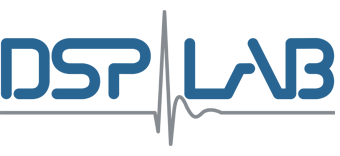unsupervised learning
nenadzorovano učenje
Unsupervised learning is a type of machine learning that looks for previously undetected patterns in a data set with no pre-existing labels and with a minimum of human supervision. In contrast to supervised learning that usually makes use of human-labeled data, unsupervised learning, also known as self-organization allows for modeling of probability densities over inputs. It forms one of the three main categories of machine learning, along with supervised and reinforcement learning. Semi-supervised learning, a related variant, makes use of supervised and unsupervised techniques.
Two of the main methods used in unsupervised learning are principal component and cluster analysis. Cluster analysis is used in unsupervised learning to group, or segment, datasets with shared attributes in order to extrapolate algorithmic relationships. Cluster analysis is a branch of machine learning that groups the data that has not been labelled, classified or categorized. Instead of responding to feedback, cluster analysis identifies commonalities in the data and reacts based on the presence or absence of such commonalities in each new piece of data. This approach helps detect anomalous data points that do not fit into either group.
A central application of unsupervised learning is in the field of density estimation in statistics, though unsupervised learning encompasses many other domains involving summarizing and explaining data features. It could be contrasted with supervised learning by saying that whereas supervised learning intends to infer a conditional probability distribution conditioned on the label of input data; unsupervised learning intends to infer an a priori probability distribution .
Generative adversarial networks can also be used with supervised learning, though they can also be applied to unsupervised and reinforcement techniques.





